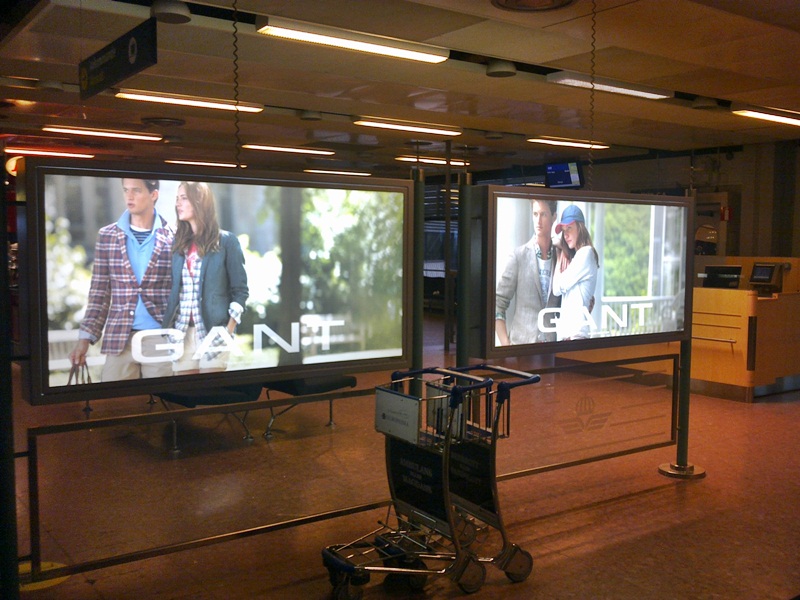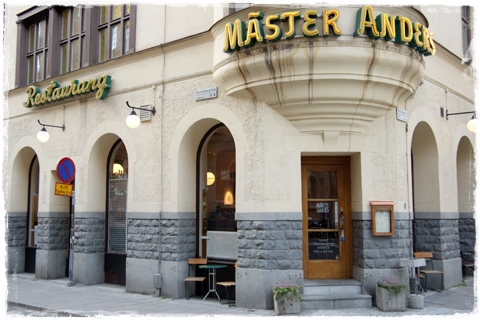Toys”R”Us Entering Poland
 Toys”R”Us, the American toys giant, intends to enter the Polish market. At present, the company is looking for suitable locations and is commencing recruitment of staff for key positions. The retailer is interested in stores of between 1,500-2,500 m2, not including storage space, and in locations situated in shopping galleries.
Toys”R”Us, the American toys giant, intends to enter the Polish market. At present, the company is looking for suitable locations and is commencing recruitment of staff for key positions. The retailer is interested in stores of between 1,500-2,500 m2, not including storage space, and in locations situated in shopping galleries.
The company has not yet revealed the details of its expansion strategy for the Polish market, but it will disclose more information in the summer 2011. At present, Toys”R”Us operates a chain of 1,560 stores located in 33 countries.
Although the entry of a global player is an important event to the Polish toy market worth PLN 2bn (€0.5bn), Smyk, the current leader on market with 68 stores countrywide, is not afraid of competition.
 According to Magdalena Dabska, the marketing director of Smyk, “during more than 10 years of experience the chain has managed to establish very strong foundations for its business and won millions of faithful customers”. A good example is the opening late last year of the first Smyk Megastore, Smyk’s most diversified store concept, which offers toys, children’s clothing, accessories for infants (including an expanded selection of pushchairs and prams, car seats, and beds), school stationery items, as well as books and multimedia.
According to Magdalena Dabska, the marketing director of Smyk, “during more than 10 years of experience the chain has managed to establish very strong foundations for its business and won millions of faithful customers”. A good example is the opening late last year of the first Smyk Megastore, Smyk’s most diversified store concept, which offers toys, children’s clothing, accessories for infants (including an expanded selection of pushchairs and prams, car seats, and beds), school stationery items, as well as books and multimedia.

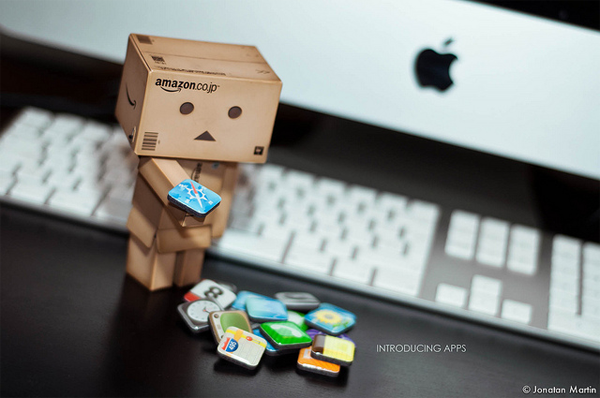
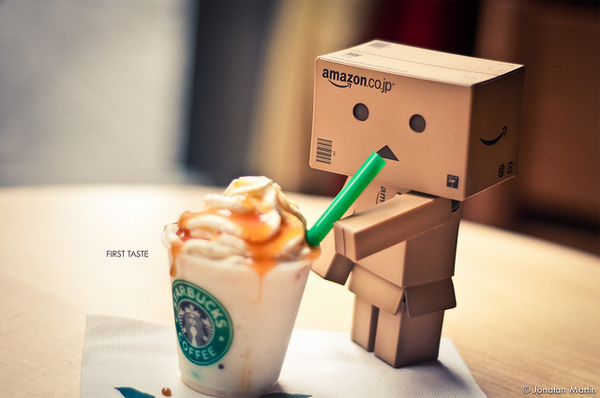
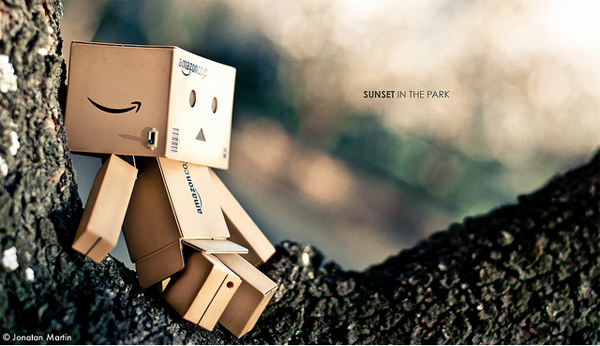
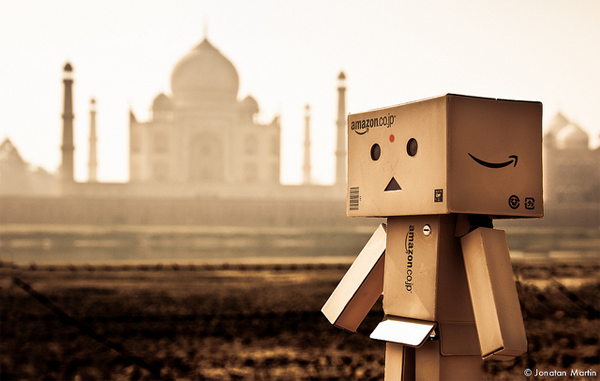
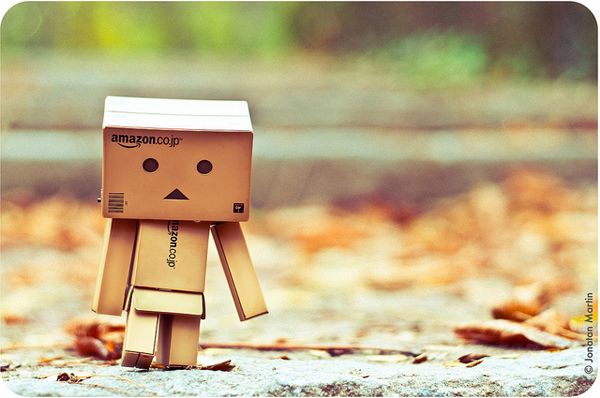
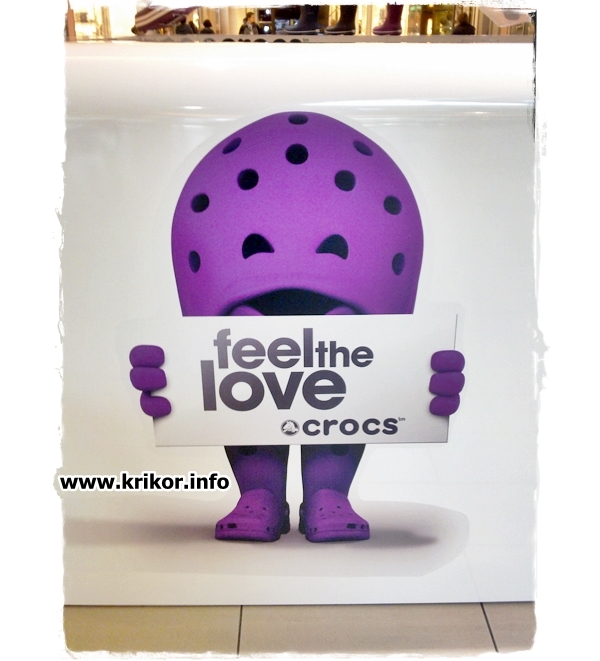
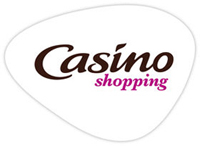 Petit Casino, flagship of proximity stores of
Petit Casino, flagship of proximity stores of 

 Android 3.0 is a new version of the Android platform that is specifically optimized for devices with larger screen sizes, particularly tablets. It introduces a brand new, truly virtual and “holographic” UI design, as well as an elegant, content-focused interaction model.
Android 3.0 is a new version of the Android platform that is specifically optimized for devices with larger screen sizes, particularly tablets. It introduces a brand new, truly virtual and “holographic” UI design, as well as an elegant, content-focused interaction model.
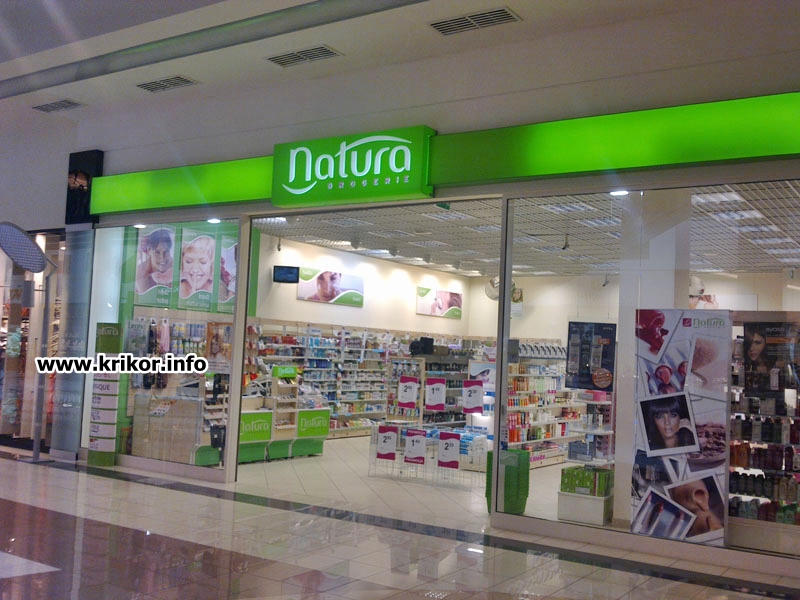
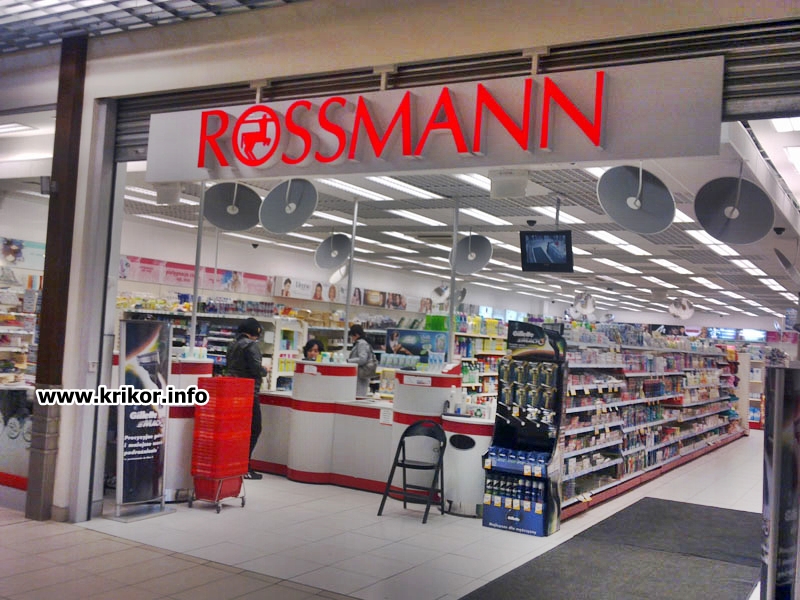
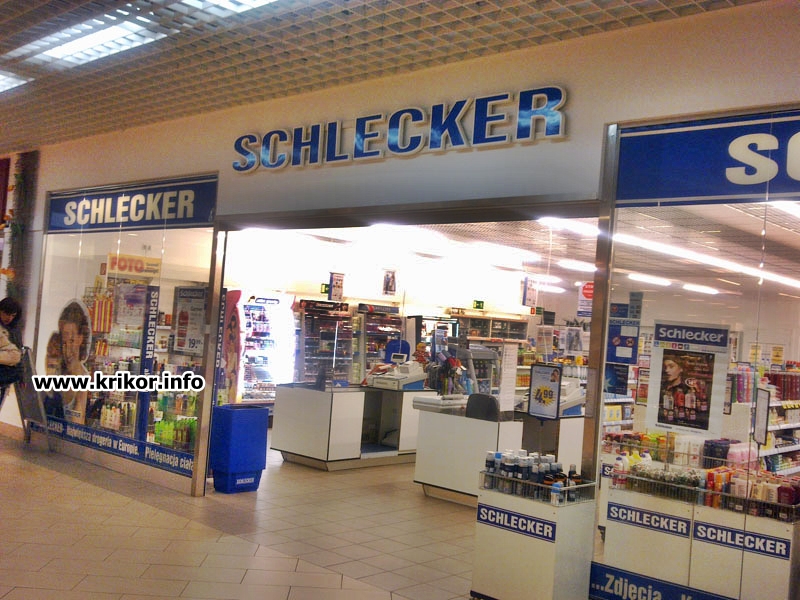
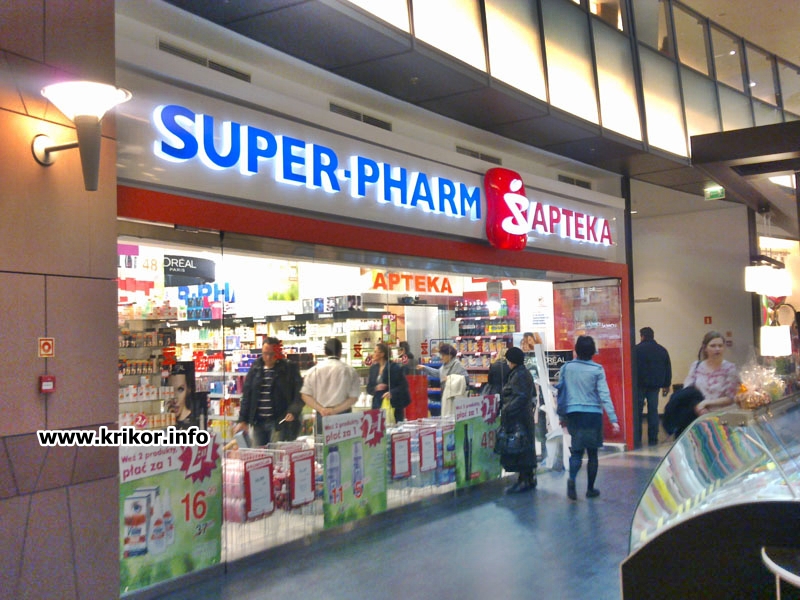

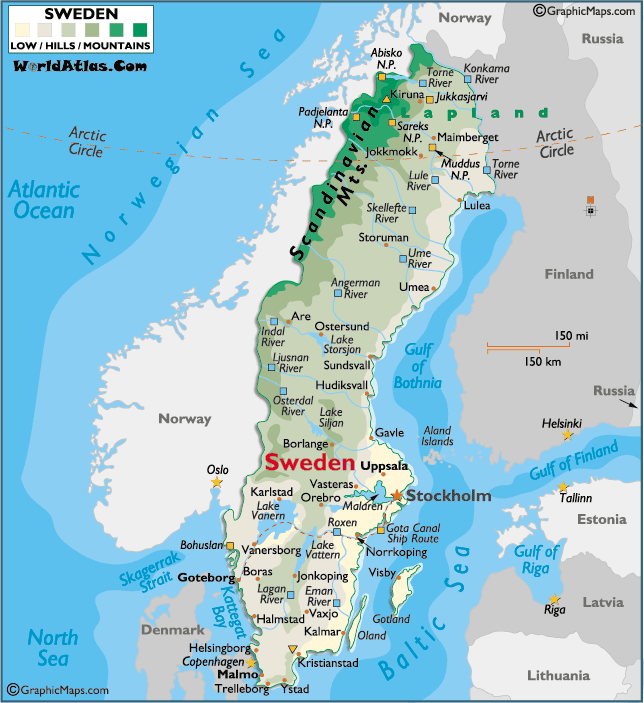
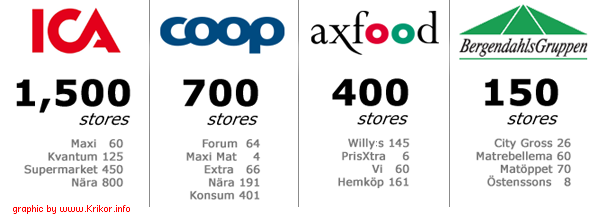
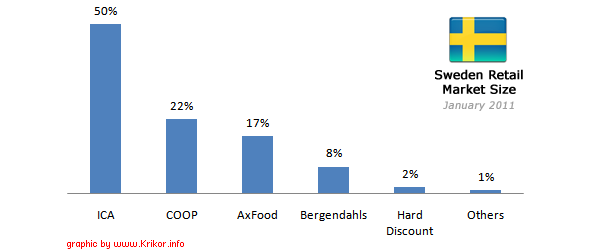

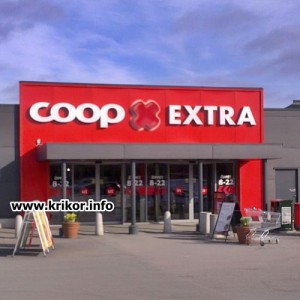
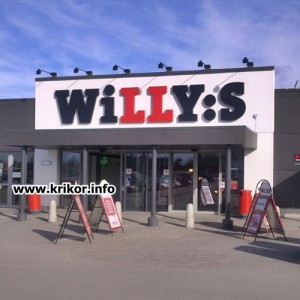
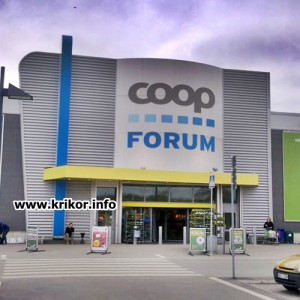
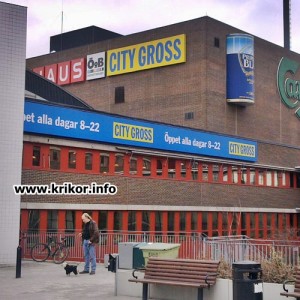
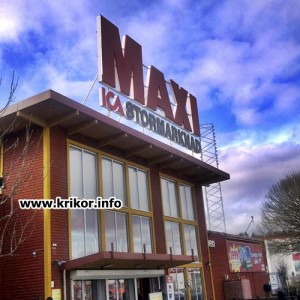
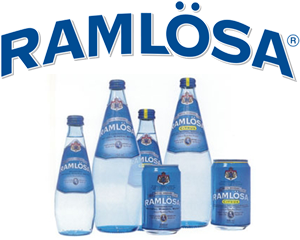 When it comes to bottled mineral water, Lebanese are very familiar with Perrier because of its French origins, some other few, can recognize Apollinaris from Germany, but I am not sure how many of you remember when
When it comes to bottled mineral water, Lebanese are very familiar with Perrier because of its French origins, some other few, can recognize Apollinaris from Germany, but I am not sure how many of you remember when  PVH sold its Gant operations in 1999 to Pyramid Sportswear of Sweden, in which PVH held a 25% stake, for $71.000. Ironically, as the brand’s international licensee, Pyramid had already opened a Gant flagship store on New York’s Fifth Avenue in 1997. Pyramid Sportswear, which was to become Gant Pyramid AB, eventually turned Gant into a global brand.
PVH sold its Gant operations in 1999 to Pyramid Sportswear of Sweden, in which PVH held a 25% stake, for $71.000. Ironically, as the brand’s international licensee, Pyramid had already opened a Gant flagship store on New York’s Fifth Avenue in 1997. Pyramid Sportswear, which was to become Gant Pyramid AB, eventually turned Gant into a global brand.
